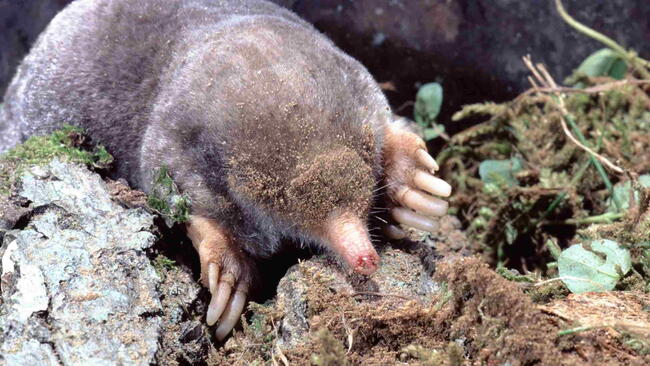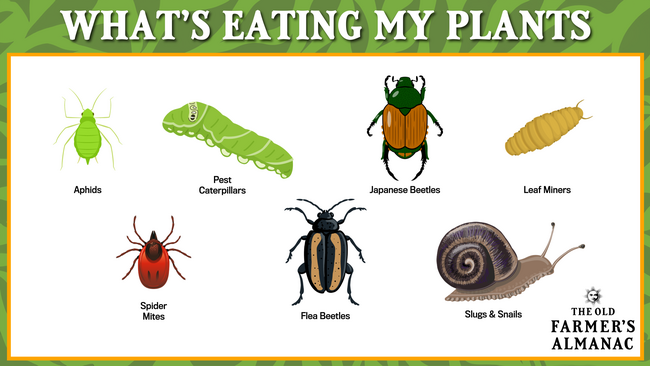Primary Image

Photo Credit
Pixabay
More Like This
For years each spring the brown hills appeared near the tree line, but last year I tried using pinwheels stuck into the center of the hills. Pinwheels are inexpensive, around $1.00 each, and it seems the alternating vibrations offend the little critters. We had a couple early, but after pinwheeling and running over the hills with the mower to flatten them, the bare spots remain, but no new hills since the beginning of our mowing season. Bye bye moles? Hoping so.
I've been using a product called "GopherOut" (gopherout.com) that causes the varmints to leave the area and lasts for 6 months or so. I use it for gophers but it claims to repel voles, moles, squirrels, etc. and is safe for pets, kiddos and adults.
The ingredient lists Pine Oil + Citrus Oil~
How do l get rid of Voles? They have ruined my garden.
use a grub killer in the early spring and late fall. by killing the grubs it eliminates the moles food. Voles, use mole tunnels. They can't make their own. by eliminating the food for moles, they leave your yard and go elsewhere. not long after the voles will have no tunnels to use and leave also.
See our Voles Pest Page for tips on getting rid of these pests!
moles keep plugging the trap, over and over
Great idea that I will try right away for the the short term. I want to know the best way to KILL them. In the Pacific NW, we have thousands destroying land everywhere.
My aunt had moles one entire summer in PA. She tried several things and nothing worked. Finally someone told her to plant garlic as they don't like the smell. She did one better. She got her extra large pasta pot (she had 9 kids, it was huge) and filled it with water. She got 4 (or more) entire heads of garlic and smashed the cloves, and put it on to boil. Then she went around to each mole hole with her label and poured some boiling hot water down the hole and made sure several cloves of garlic went down as well. A day later, no moles. About 2 weeks later a neighbor complained of moles in his yard. She asked if he'd checked their breath? When he said No, why? (puzzled), and she said, well if they have garlic breath, they are from my yard. She swore by this remedy. Not fun for the moles, but better than killing them.
Check their breath. How funny!
- « Previous
- 1
- 2
- …
- 10
- Next »










Comments